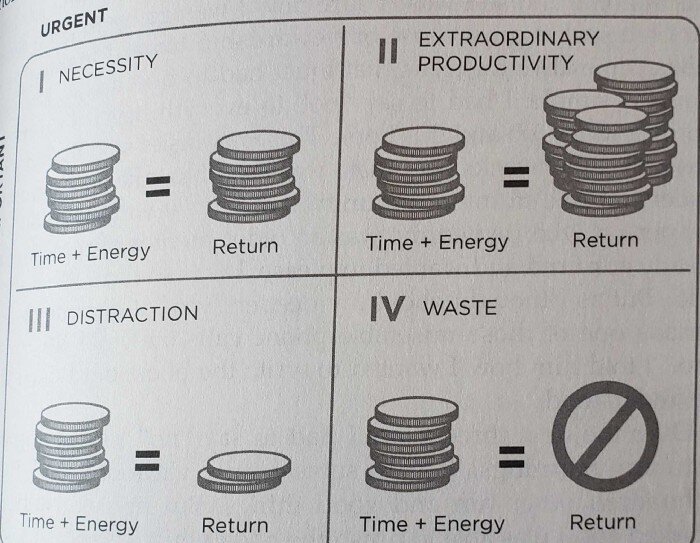Cover photo: Stephen Covey — Thinkers50.com
The 7 Habits of Highly Effective People turned 30 years old, and it’s better than ever
It was only three years ago that I read The 7 Habits of Highly Effective People, by Stephen R. Covey. You know, when something is so highly praised, it’s hard for it to meet the expectations. Because of that, I had been avoiding getting the book and reading it.
For me, it was like Chichen Itza, in Mexico, and the Eiffel Tower, in France — everyone says how marvellous they are, so before I saw them, the expectations were so high that I was sure I wouldn’t like them.
It turned out, like these marvels of the world, the book was everything I wanted it to be. After devouring it in only a few sittings and taking loads of notes, I realized how much of a game-changer it really is.
Fast forward to today and a 30th edition just came out, with added insights from his son, Sean Covey. I had the honour of getting approached by his PR firm to receive an advance copy of the book to get my notes on.
At first, I was wondering how they came across my writing. After all, Mr. Covey and FranklinCovey are much bigger than I am. And the people they normally reach out to are bigs names like Jim Collin, Seth Godin, Tony Robbins, Daniel Pink, Maya Angelou, Arianna Huffington, and more.
I actually haven’t asked them directly, but when I looked at the new content from Sean, it became clear to me. On page 209, in the section about Habit #3: Put First Things First, Sean talks about the Time Matrix, which is very much like the Eisenhower Matrix. Here’s the exact picture from the book:
From The 7 Habits of Highly Effective People, 30th-anniversary edition, page 209
If you’re at all familiar with the Eisenhower Matrix, you know that your best investment of time belongs to the quadrant II. It’s about important, but not urgent tasks. These are things you do to prevent other things to become urgent, like taking care of your well-being. It’s about prevention, not reaction.
The problem is, most of your time is spent on reaction, focusing on urgent tasks. According to Covey, 51.2 percent of your time is spent in Quadrants I and III. For maximum “return on investment”, however, you need to shift that to Quadrant II. Currently, you spend only about 30.8 percent of your time there.
Covey calls Quadrant II the quadrant of quality. This is where you do your proactive activities like working out, cooking healthy meals, learning skills, and more.
So, how does that relate to me at all?
At the bottom of page 209, Covey says that the remedy for spending too much time in urgency lies in doing something about Quadrant III, namely, saying no more often to the right things.
I couldn’t agree more. In fact, I agree with that so much that I frequently write about things you should say no to. These articles have always had a lot of success, simply for the fact that people don’t associate saying no to being a good thing for you and for others right you.
The truth is, by saying no to things you shouldn’t say yes to, you’re doing everyone a great service, even if not immediately obvious. What activities count as Quadrant III activities? I strongly encourage you to read my latest piece on the subject: 31 Important Things You Should Say No To For A Happier Life.
I even created a simple MindMeister mind map to illustrate them all more visually:
When you focus on Quadrant II activities, you effectively put first things first, as the third habit in the book suggests. The more you say no to non-important things, the more time you can spend doing the important things. And the more important things you do, the more you can be of service to others because you’ll have more energy and be more productive.
So, I know this sound counter-intuitive at first because a lot of the above feels like you’re helping others and you’re being selfless, but the reality is that you’re more selfless when you are your best self — and that happens in Quadrant II.
I’ve learned to say no to most of the above. I’ve learned to spend a lot of time in Quadrant II. Most entrepreneurs feel like they’re always working on urgent stuff, jumping from one must-do task to another. I don’t. I feel like if I don’t work tomorrow, my business won’t fall apart.
That’s a sign of putting first things first. I put a lot of effort into Quadrant II activities so that things rarely feel urgent. It’s really just a matter of sacrificing short-term gains for long-term ones. That’s not an easy thing to do for most people.
In our day-to-day lives, we need to bring money to the table. Most of what you do for the long-term doesn’t bring the money you need now. As such, it’s easy to fall prey to simply doing what must be done now, the “urgent” stuff.
How do you get out of that?
It’s unlikely I can convince you in writing, but I’ll try anyway. Please trust me on this. I didn’t come up with that stuff, it’s just how it is. Here are the steps to help you get to spend more time on important but not urgent stuff:
Find out what you stand for. Figure out what you love to do, what you’re good at, what the world needs, and what you can do to make money. When you find the intersection of all these questions, you know what you have to do.
Brainstorm your current activities and place them on the Time Matrix. List down EVERYTHING you do and be as honest as possible about which Quadrants things below in.
Now, shift things around the way it should be. Ask yourself: how can remove things from Quadrants I, III, and IV, while increasing activities in Quadrant II? That is your ideal scenario. Don’t worry about feasibility at this point.
Now that you have a good idea of what you should do, take a moment to plan your ideal next week. Figure out exactly what you can do with your schedule to make it happen. Think about things to say no to, excessive entertainment time, false priorities, etc.
Just do it. Put your plan into action. Revise at the end of the week. Tweak it to make it more realistic. Never give up.
I know firsthand that this can completely change your life as it did mine. Three years ago, while I was already doing a lot of what was in The 7 Habits of Highly Effective People, I still gained a lot of clarity about why the things I was doing worked.
When I got my copy of the newest edition in the mail, I immediately jumped to the new content from Sean. My question was: could Sean really add anything to this timeless classic. He himself hesitated to do it, given the timelessness of the habits.
After having gone through all the new content, I can say that I’m happy that he did. His insights are just as good as those of his father. You can tell that he has lived the 7 Habits his whole life. If you own a previous edition, I confirm to you that the new content is worth it.
I thought I had mastered the art of paradigms. Sean proved me wrong. Like, VERY wrong. I still have much to learn. His new insights on every habit greatly add to the theory. By sharing his experience with the habits and how his father applied them is quite eye-opening. It’s one thing to read about them, it’s another to feel like you’re living them.
I’ll be a dad in a few days. Revisiting this classic made me think about ways I can use the habits to teach my son how to be “effective”. I’ve lived most of what’s in the book already, but now is the time for me to teach it to my offspring, just like Stephen did with Sean and his siblings.
Reading this new edition gave me clarity on what this may look like. I don’t think it’s going to be easy, but I’ll give it my best. After all, we might think that Stephen was a genius, but he was human like the rest of us. Here’s a passage I especially appreciated from the new edition:
I’ve stopped counting the number of times I’ve been asked: “What was it like being raised in the home of the world-renowned Dr. Stephen R. Covey and his 7 habits?”
When I was growing up, my parents simply were my parents, and while they were kind and good, they were also embarrassing. When I was a teenager, strangers would approach me, hug me, start crying on my shoulder, and confide: “I want you to know that your dad’s book changed my life.” I was seventeen years old, thinking, “Are you serious? Do you realize that my dad wears velour sweatpants with a dress shirt and boat shoes? And he changed your life?”
No one is as grandiose as they seem. We’re all human. If you think the 7 habits are only limited to the world’s elite, you are firmly mistaken. Sean makes the book more approachable than ever and if you haven’t read it yet, now’s the best time to do so.
And while I did get an advance copy of the book, I’m not affiliated with the author or his company, FranklinCovey. I’m praising the book because it is a game-changer and one I’ve ignored for too long, thinking it would be overrated. Don’t make the same mistake.
Here’s to great habits!
You can do this!



